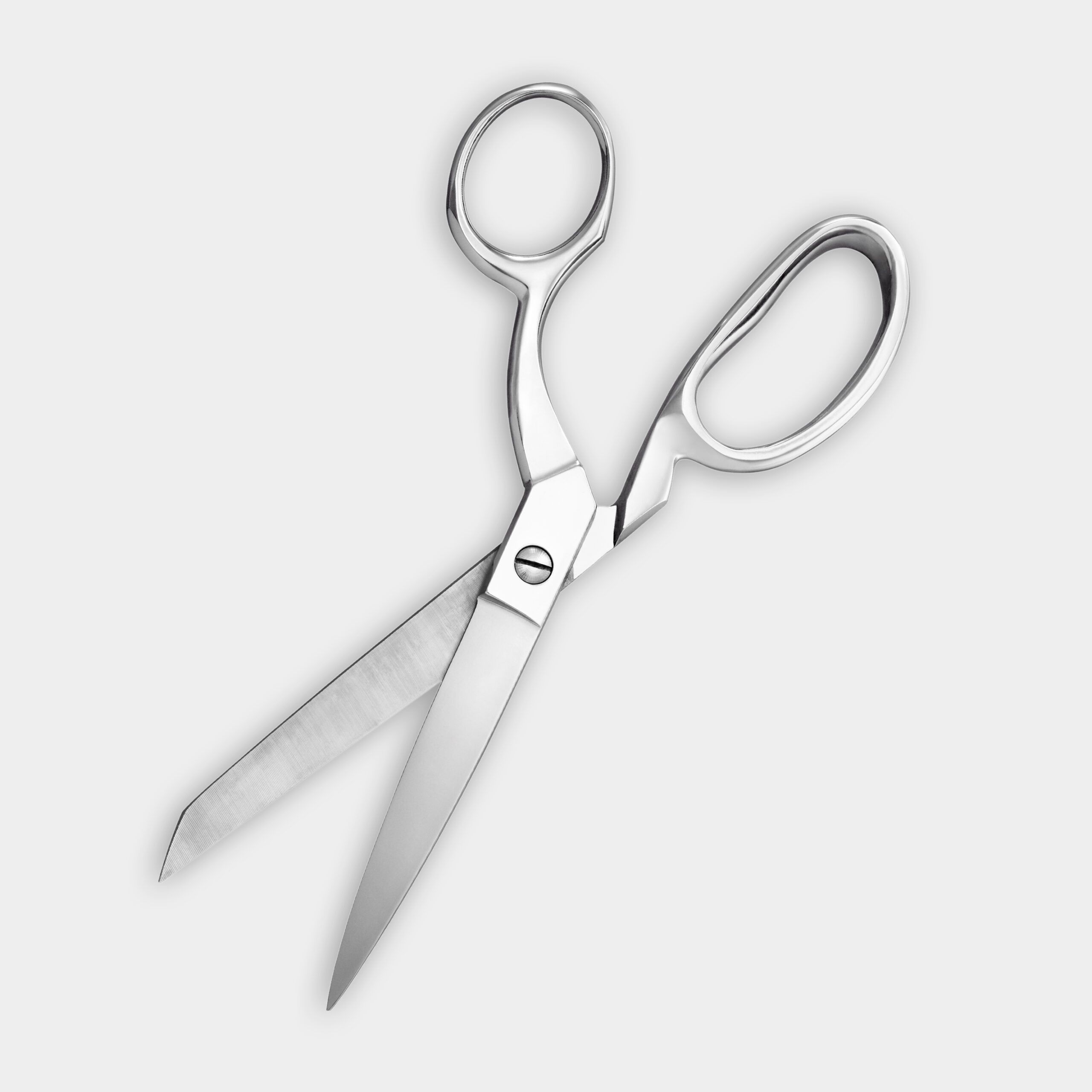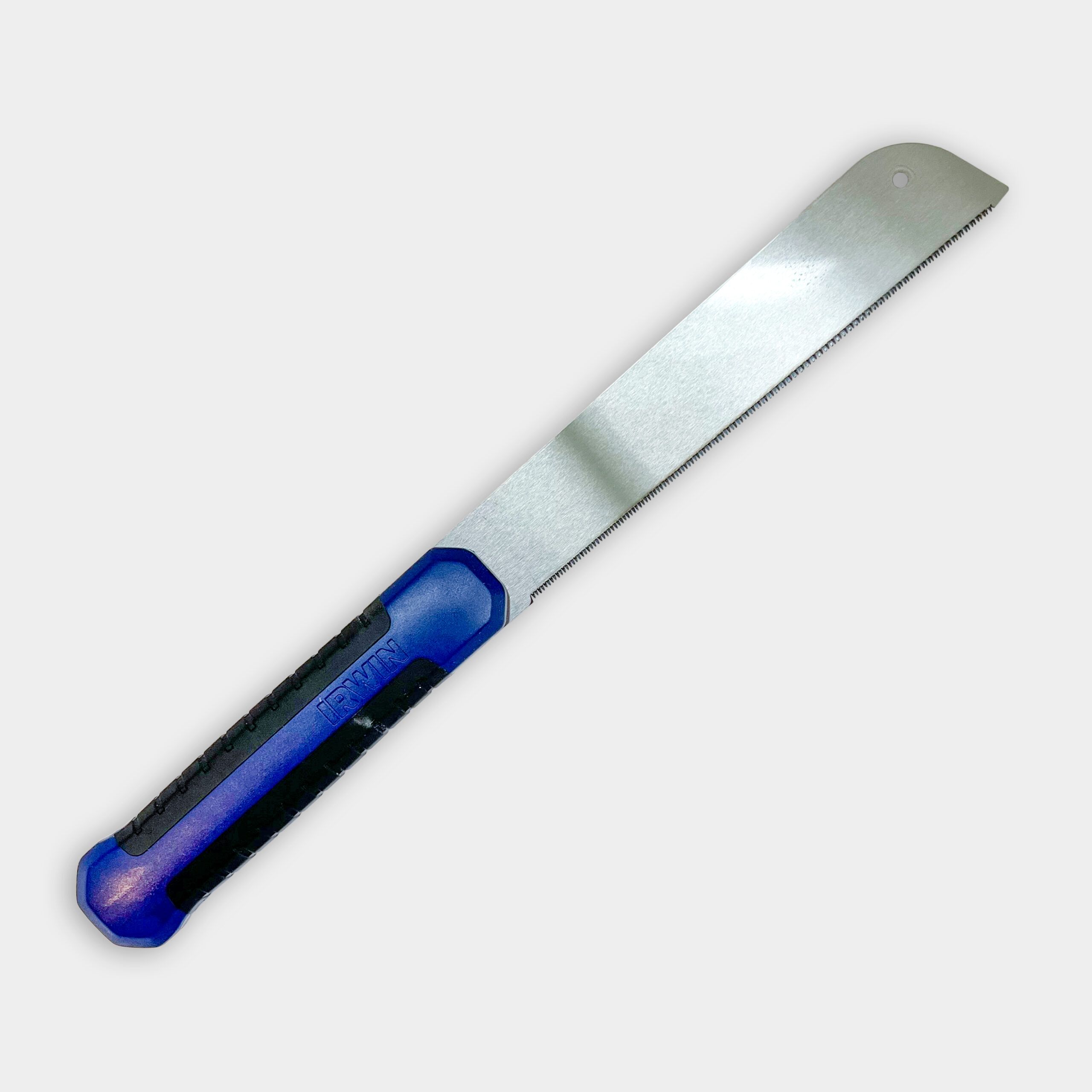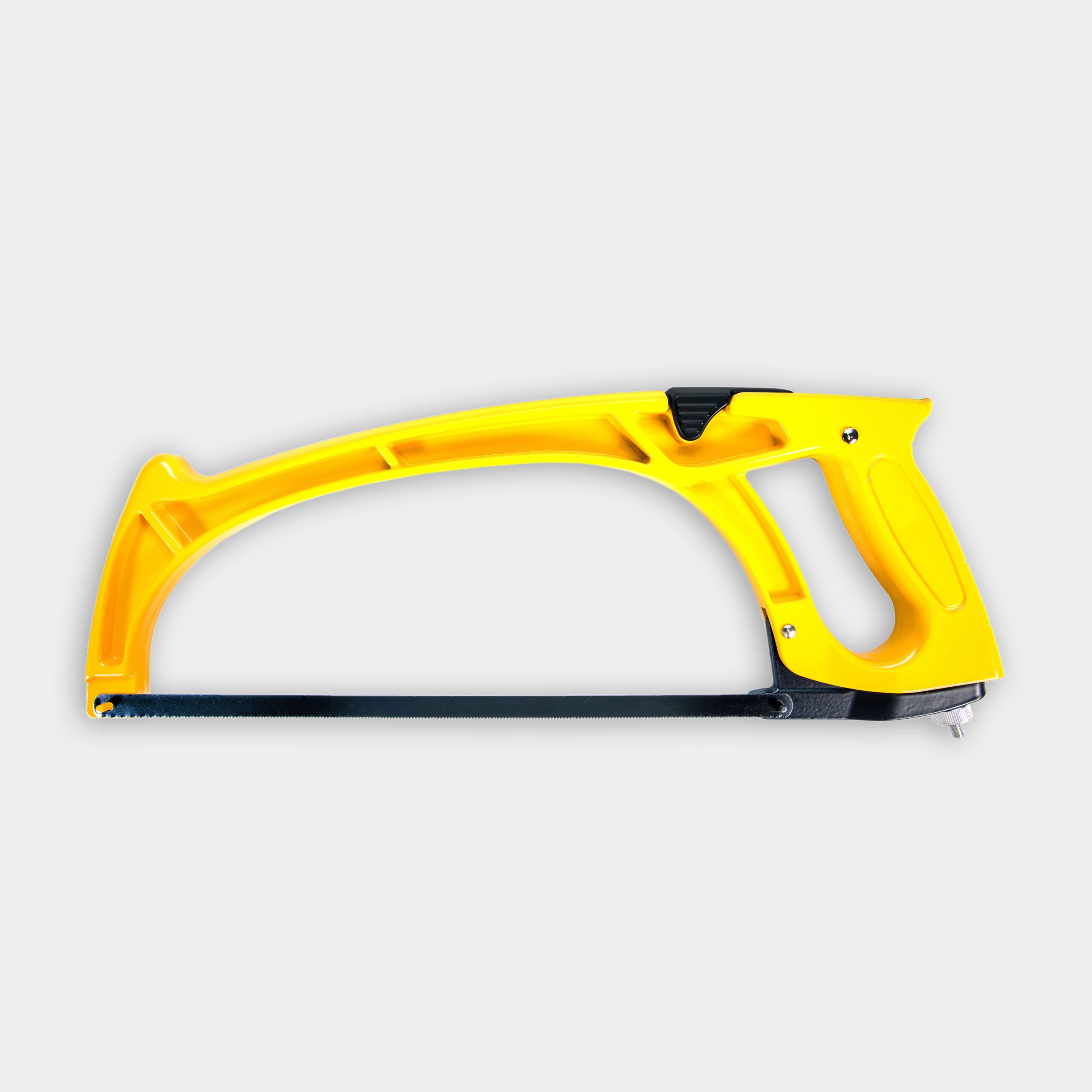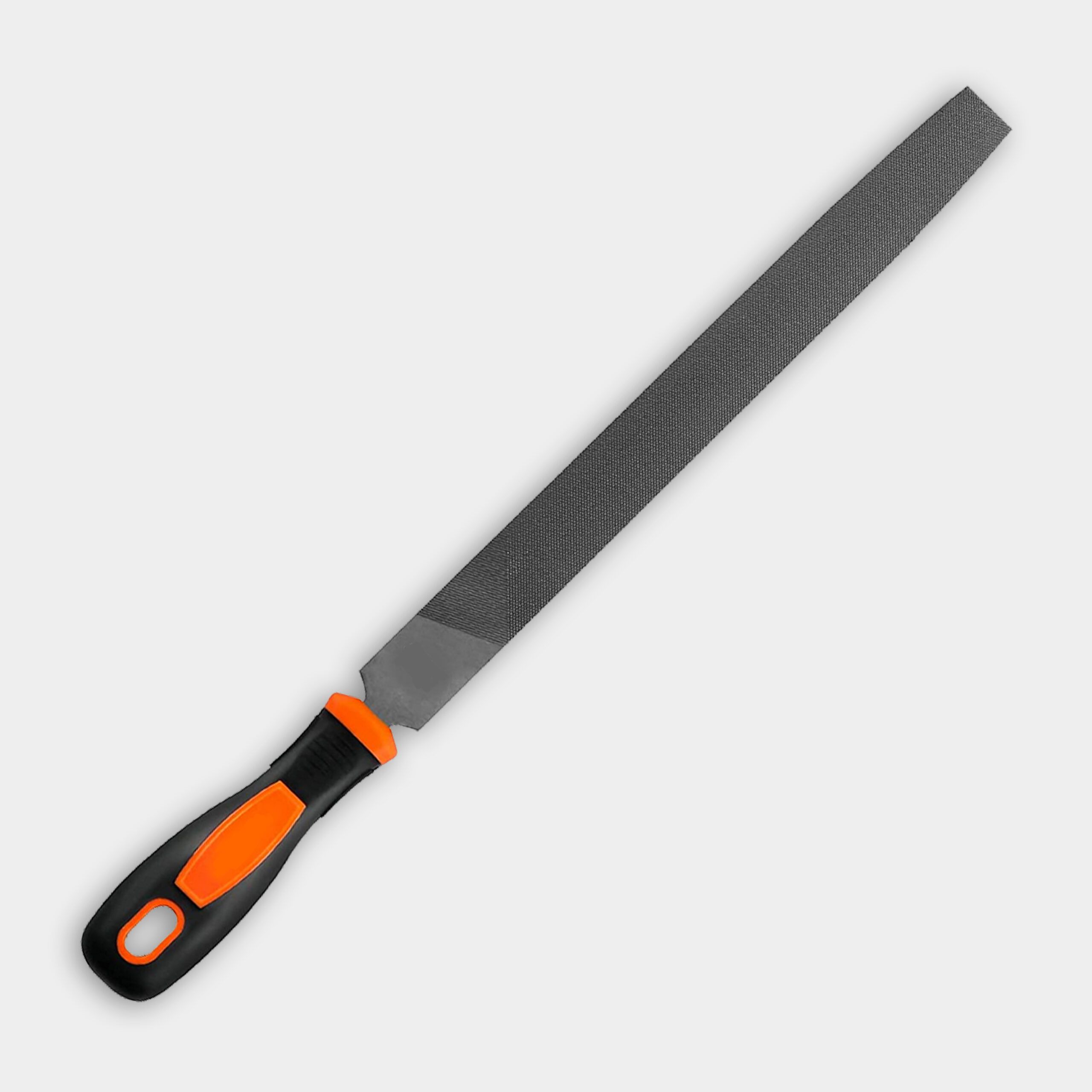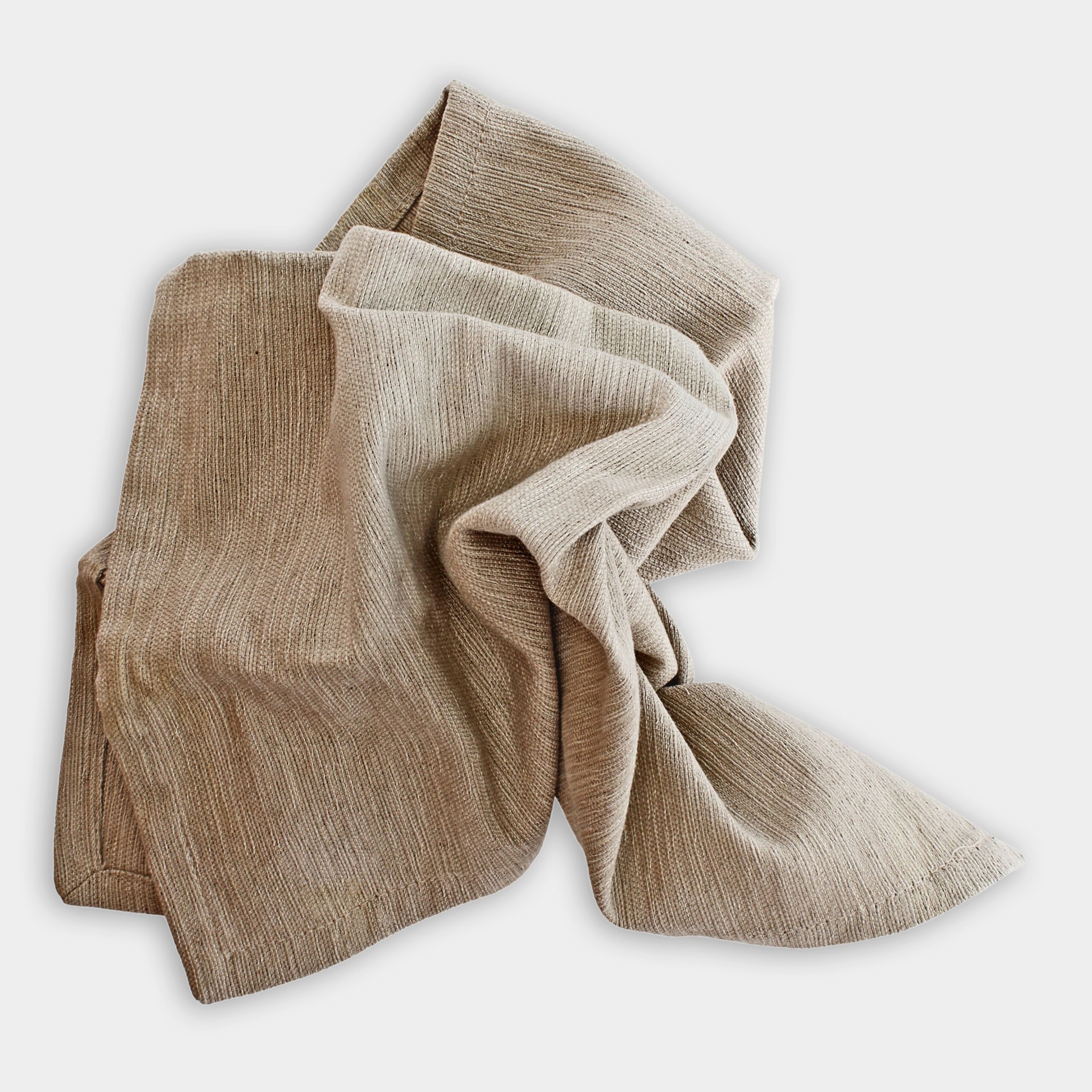We may be compensated if you purchase through links on our website. Our team is committed to delivering honest, objective, and independent reviews on home products and services.
Hand-carved wooden utensils add a touch of rustic charm to any kitchen. With a few basic tools and some scrap wood, you can create beautiful, functional spoons and forks. This project is perfect for a weekend afternoon and requires no power tools, making it accessible for crafters of all skill levels. In the video, This Old House general contractor Tom Silva demonstrates how to transform leftover pine into elegant salad servers.
Selecting Wood for Carving Utensils
Choosing the right wood is crucial for creating durable and food-safe utensils. Below are some factors to consider.
Types of Wood
- Fruitwoods: Apple and pear wood offer a pleasant aroma and are naturally antibacterial.
- Hardwoods: Maple, cherry, and walnut are excellent choices for their durability and tight grain.
- Pine: While softer, old-growth pine with tight grain can work well, as Tom demonstrates in the video.
Wood Characteristics
When selecting your wood, look for pieces with the following:
- Straight grain: This ensures strength and reduces the risk of splitting.
- No knots: Knots can be difficult to carve and may weaken the utensil.
- Proper moisture content: Use well-dried wood to prevent warping or cracking.
Essential Tools for Hand Carving
To create your wooden utensils, you’ll need a variety of hand tools, including the following:
- Coping saw
- Curved gouge
- Japanese-style pull saw
- Pencil
- Rags
- Rasp (both coarse and fine)
- Sandpaper (80-, 120-, and 240-grit)
- Scissors
- Spokeshave
In the video, Tom emphasizes the importance of using hand tools for this project, as they allow for greater control and a more traditional crafting experience.
Step-by-Step Guide to Carving Wooden Utensils
Follow these steps to create your own hand-carved wooden utensils:
- Create a template by tracing an existing utensil onto paper and cutting it out.
- Trace the template onto your chosen piece of wood, ensuring you avoid any knots or imperfections.
- Use the Japanese pull saw to make relief cuts along the outline, which will make the next steps easier.
- Cut out the rough shape of the utensil using the coping saw.
- Begin shaping the utensil with a spokeshave, focusing on the handle first.
- Use rasps to refine the shape, particularly on the head of the utensil.
- Carve out the bowl of the spoon using a curved gouge, working from the center outwards.
- Sand the entire utensil, starting with 80-grit and progressing to finer grits for a smooth finish.
- Wipe down the utensil with a tack cloth to remove dust.
- Apply a food-grade wood finish to protect the utensil and enhance its appearance.
Shaping Techniques for Wooden Utensils
Mastering various shaping techniques will help you create more refined utensils. Here are some key methods.
Using a Spokeshave
A spokeshave is ideal for shaping the handle and creating smooth curves. Tom explains in the video that this tool was originally designed for making wagon wheel spokes but is perfect for this type of project. Hold the spokeshave with both hands and use short, controlled strokes to remove small amounts of wood at a time.
Rasping for Detail
Rasps allow you to shape wood in any direction, making them versatile tools for refining your utensil’s form. In the video, Tom uses carbide-tipped rasps, which stay sharp longer and can be quite aggressive in removing material. Start with a coarse rasp for bulk removal, then switch to a finer one for smoothing.
Carving the Bowl
For spoons, use a curved gouge to hollow out the bowl. Tom demonstrates this technique in the video, explaining how to use the “heel” of the gouge as a fulcrum to control the cut. Always carve with the grain to avoid tear-out, and work from the center of the bowl outwards for a smooth, even curve.
Sanding and Finishing Your Wooden Utensils
Proper sanding and finishing are crucial for creating food-safe, long-lasting utensils.
Sanding Process
- Begin with 80-grit sandpaper to remove any tool marks.
- Progress to 120-grit for further smoothing.
- Finish with 240-grit for a silky-smooth surface.
Sand in the direction of the grain, and be sure to sand all surfaces evenly, including the bowl of spoons and the tines of forks.
Applying a Food-Safe Finish
To protect your utensils and make them safe for use with food, you must do the following:
- Wipe down the sanded utensils with a tack cloth to remove all dust.
- Apply a food-grade finish, such as the beeswax and mineral oil mixture Tom uses in the video.
- Rub the finish into the wood using a clean cloth, ensuring even coverage.
- Allow the finish to penetrate the wood, then buff off any excess.
Tom notes that while mineral oil alone can protect the wood, the addition of beeswax provides a subtle sheen that enhances the wood’s natural beauty.
Tips for Successful Utensil Carving
To ensure your hand-carved utensils turn out beautifully, keep these tips in mind:
- Maintain consistent thickness: Ensure your utensils are neither too thick nor too thin for comfortable use.
- Pay attention to grain direction: Always carve with the grain to avoid splitting.
- Practice on scrap wood: Hone your skills before working on your final piece.
- Take your time: Carving is a relaxing process, so don’t rush it.
- Work with sharp tools: Dull tools can lead to accidents and poor results.
Our Conclusion
Hand-carving wooden utensils is a rewarding craft that combines functionality with artistry. With patience and practice, you can create unique, personalized kitchen tools from simple scraps of wood. Not only does this project offer a satisfying way to spend an afternoon, but it also results in beautiful, handmade items that you can treasure for years to come.
Resources:
Tom and Kevin carved the utensils out of some leftover southern white pine that they used for Build It | Wine Rack.
To cut and carve the spoon and fork, Tom picked out a variety of hand carving tools, including a carving gouge, a spokeshave, a couple of different rasps, a coping saw, a Japanese pull saw, and a hand plane. Some of these tools can be found at home centers, but it will be easier to locate them all at specialty woodworking shops.
The sandpaper Tom and Kevin used to smooth down the utensils can be found at home centers.
To finish the utensils, Tom and Kevin applied a Butcher Block Conditioner, which is manufactured by Howard Products and can be found at home centers.

